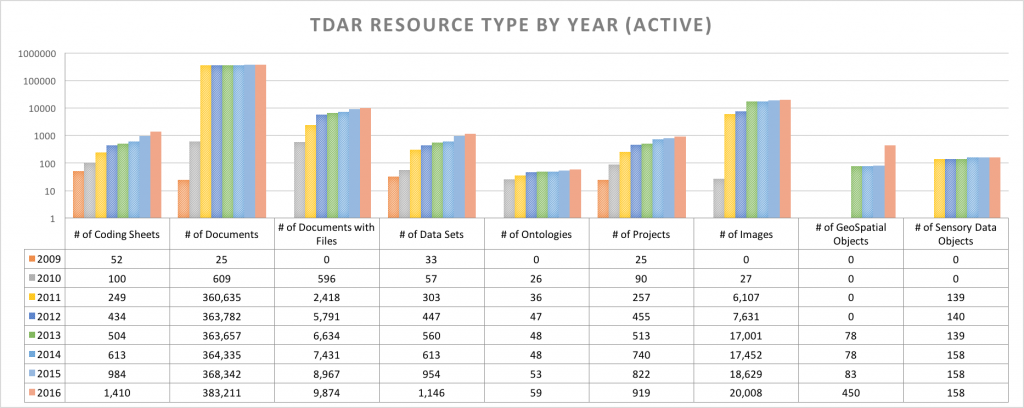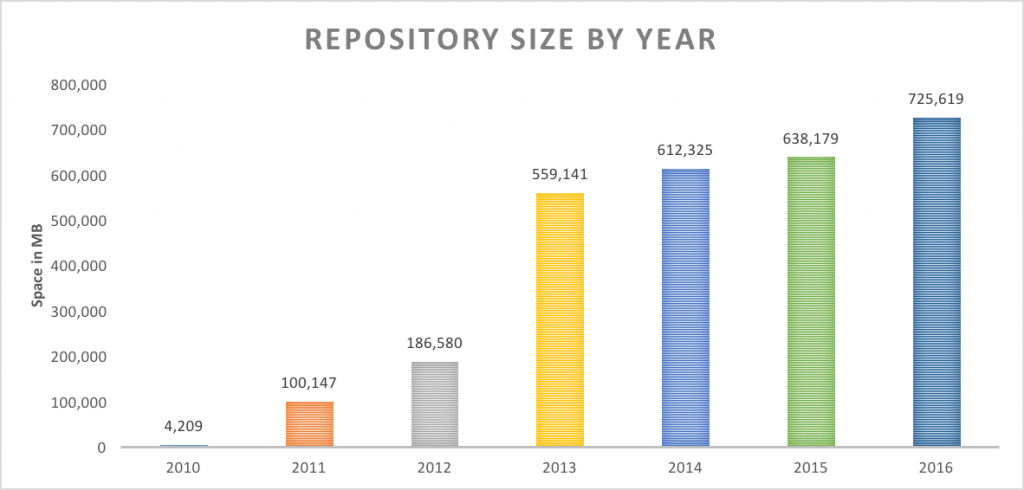Guest post by Katherine Spielmann, Professor Emeritus, Arizona State University School of Evolution and Social Change
When I decided to retire I was faced with making seven seasons of Southwestern excavation data and many, many years of analytical data available to our profession. I spent much of Fall 2015 making that happen through uploading multitudes of excel spreadsheets, associated coding keys, and reports to tDAR. I find tDAR’s functionality in being able to link coding keys to multiple datasets across projects, the ability to integrate my faunal datasets together across projects, and the possibility of future dataset integrations particularly helpful. But there are challenges that I, and perhaps many of us who began our careers relying on paper coding keys need to face while we still have memory and some marbles left. My coding keys for artifact types like lithics, ground stone, fauna, and ceramics evolved over the course of my projects and some of that evolution is documented only on the paper coding keys themselves. Was this ideal? No. A good idea? No. is it reality? Yes. Being the one who worked to upload datasets and coding keys made it possible for me to reconcile the evolving coding schemes and create the appropriately updated digital coding keys where needed. I also grappled with reconciling the multiple datasets on individual artifact types that developed from my first project in the mid-1980s at Gran Quivira when I and the profession in general were just getting a handle on database creation and management. Luckily my students and I had undertaken some of that task years before, but in one case, the black-on-white ceramics, there are two databases that cannot be reconciled (both will go into tDAR with accompanying explanation), and a review of the original collections will be required. If the Western Archeological and Conservation Center makes them available, that would be useful to do.
So my point is to start now on making your past and present part of archaeology’s future while you still have the files and resources at hand and given the ready availability of digital archaeological repositories like tDAR. Working in the Rio Grande area of central New Mexico I’ve always regretted the lack of access to all the information that Edgar Hewett and his henchpeople pulled out of PIV Pueblo sites across the region, and what Nels Nelson found in the Galisteo Basin. They were of the early 20th century. In the early 21st century no discipline can thrive if masses of its data effectively disappear with the passing of each generation.

